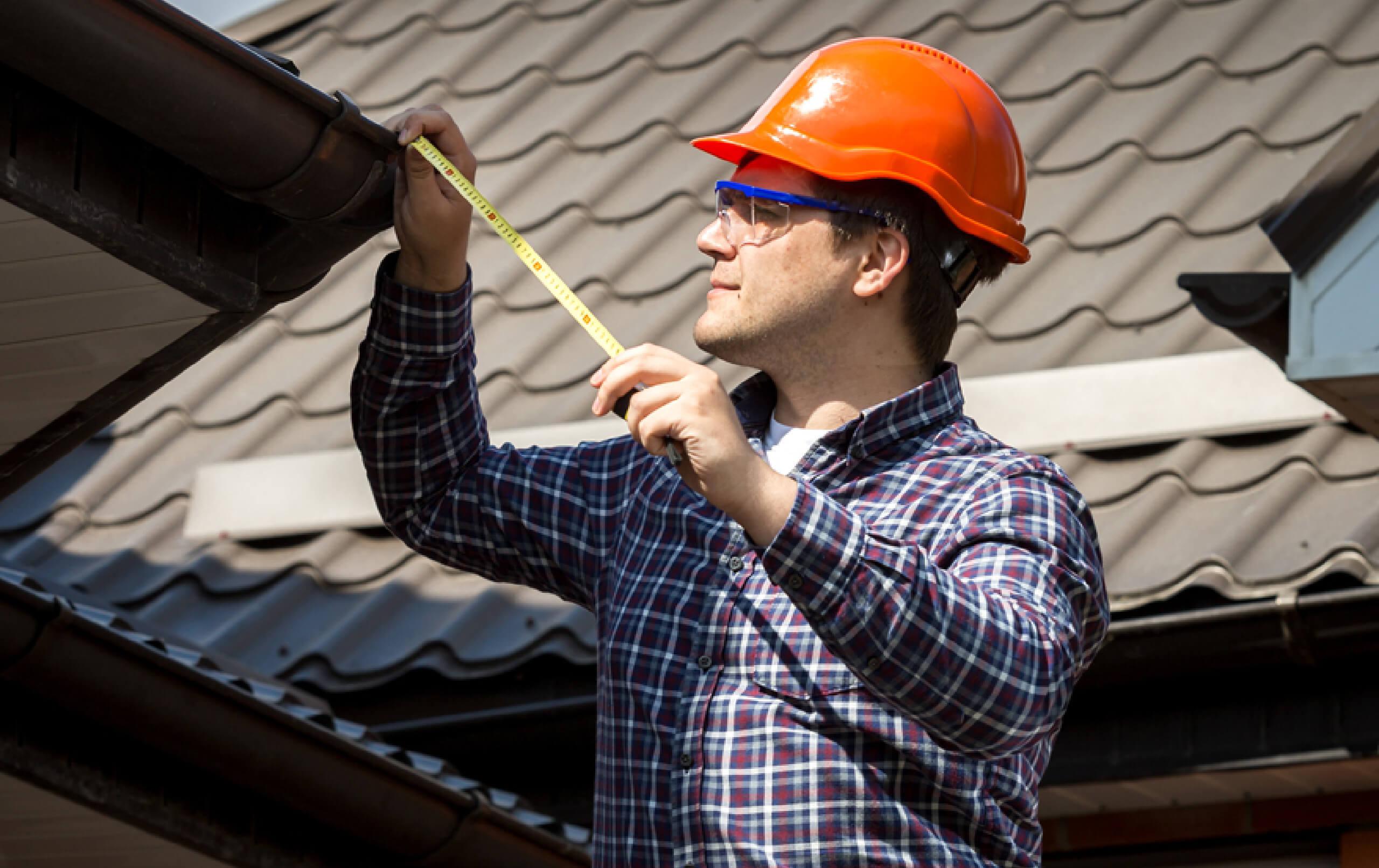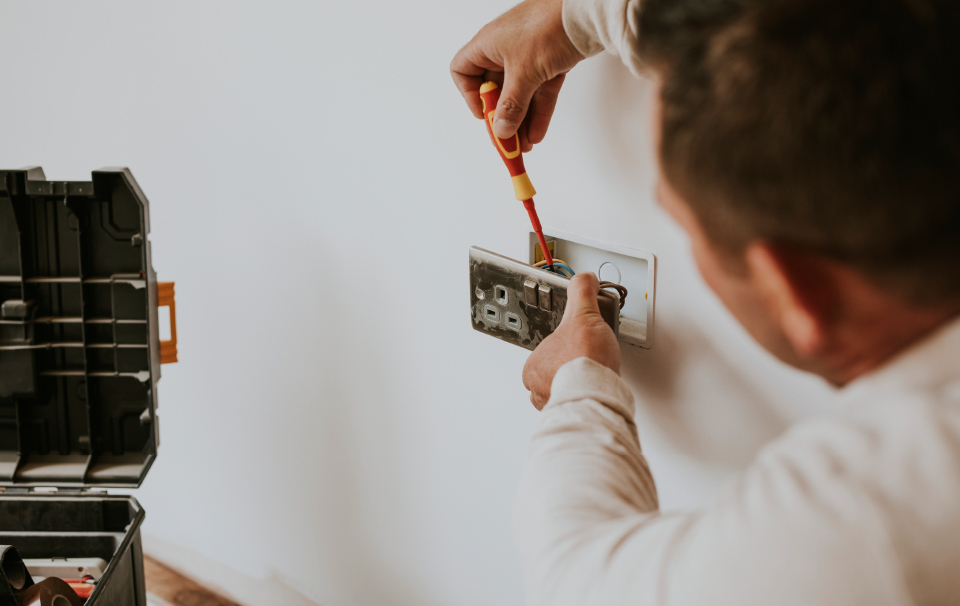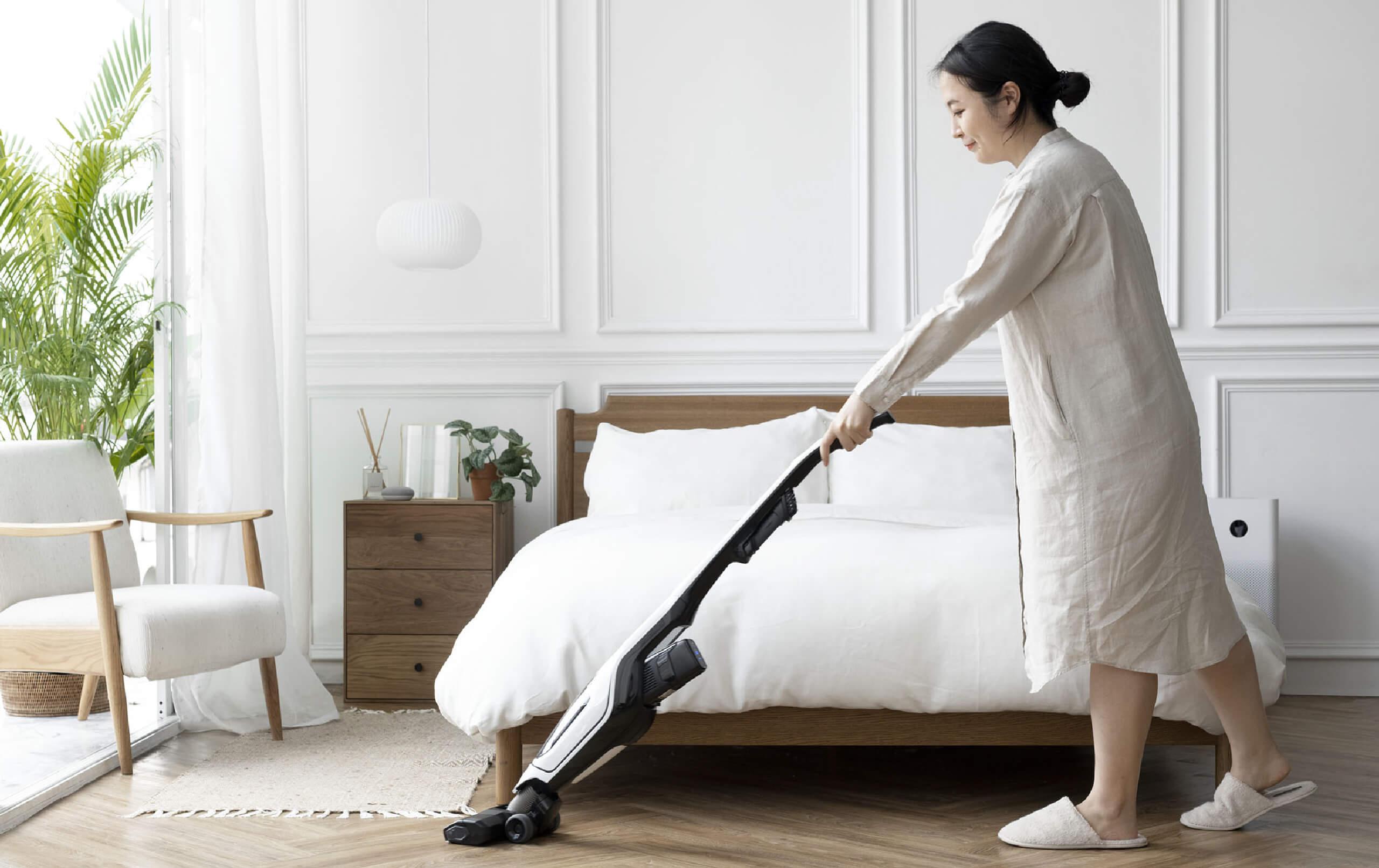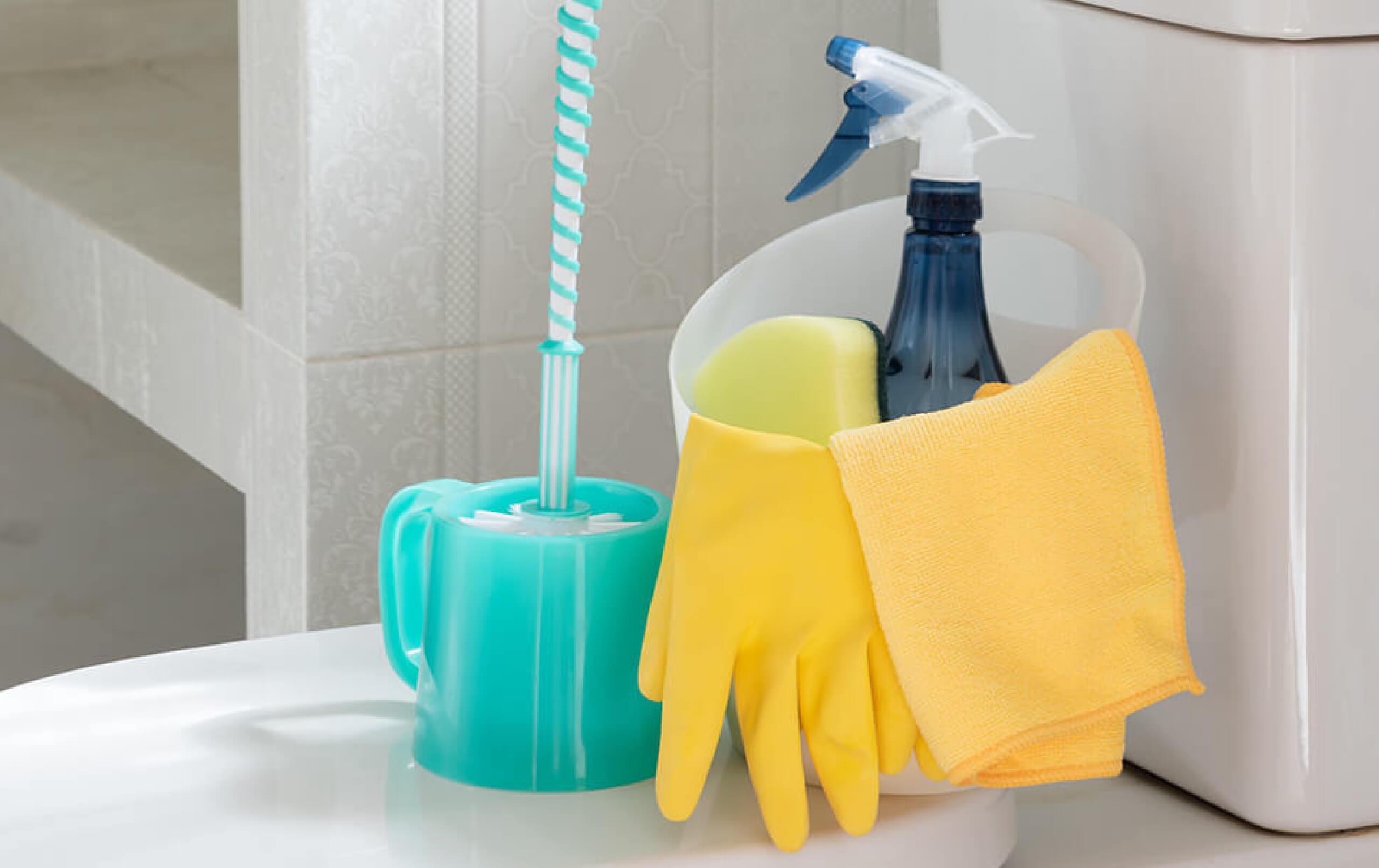Roof Leaks in Heavy Rain – Major Roof Problems & How to Fix Them
5 minute read

A roof leak is a severe problem that can lead to extensive damage to your home or business. Water damage is not only annoying, but it can also be very costly. If left unchecked, roof leaks in heavy rain can cause mould and mildew growth, leading to health problems for you and your family. A roof leak can also cause structural damage to your home or business, which can be expensive to repair.
Most houses have a sloped roof that is designed to shed water. However, water can sometimes leak into the home through the roof during a heavy rainstorm. This can be a problem if the leak is not repaired quickly, as it can damage the house’s interior and lead to mould growth.
The causes of roof leaks can be relative to everyone. However, we have enlisted five common causes and fixes of roof leaks in heavy rain.
Common problems and fixes of roof leaks in heavy rain
Here is a breakdown of common problems of roof leaks in heavy rain and how to fix them:
1. Roof leak in heavy rain cause shingles damage
Shingles are roofing materials made up of overlapping panels of asphalt or fibreglass. They are typically installed on roofs in a staggered pattern to provide additional protection against the elements. Over time, however, shingles can become damaged due to weathering or physical impact.
One of the most common causes of roof leaks is improper installation or damage to the shingles. If the shingles are not installed correctly, they can loosen and let water seep through. If the shingles are damaged, they may also allow water to seep through.
How to fix shingles damage due to roof leaks in heavy rain?
If you have shingles damage, the first step is to assess the extent of the damage. If only a few shingles are damaged, you may be able to repair them yourself. However, if the damage is more widespread, you will likely need to hire a professional roofing contractor to make the repairs.
Once you have determined the extent of the damage, the next step is to gather the necessary materials for the repair. You can simply spread roofing cement over the damaged area for minor damage and then press a new shingle into place. For more extensive damage, you will need to remove the damaged shingles and install new ones. Be sure to overlap the new shingles with the adjacent ones to provide adequate protection against the elements.
2. Poor roof drainage
Another common cause of roof leaks is poor drainage. If the gutters and downspouts are not installed properly or are clogged, water can back up and seep under the shingles. If your roof isn’t draining properly, water can build up and eventually seep through the roofing material. This can be a big problem, especially in areas with a lot of rainfall or snowmelt.
How to fix poor roof drainage due to roof leaks in heavy rain?
There are a few things you can do to fix this problem. First, ensure your gutters and downspouts are clear and in good condition. Second, check the slope of your roof. It should be pitched so that water flows off of it. If it’s not, you may need to add some shingles or other material to create a better slope. Finally, check the flashings around your roof vents and chimneys. These are often the source of leaks.
3. Roof in heavy rain lead to metal corrosion
In many areas of the country, homes and businesses have metal roofs. Metal roofs are popular because they are durable and last a long time. However, metal roofs can leak, and when they do, it is often during heavy rains.
This is because metal roofs can corrode over time, and when the metal corrodes, it weakens and can no longer provide a water-tight seal. If you have a metal roof, it is important to have it inspected regularly to ensure it is in good condition and not leaking.
Fix roof metal corrosion
One of the most common causes of roof leaks is condensation that collects on pipes that vent through the attic. When the weather is warm and humid, the air in the attic can reach temperatures above the dew point, causing water vapour to condense on the cold surfaces of the pipes. Over time, this can lead to significant leaks in the roof when heavy rain occurs.
4. Roof leaks due to condensation on pipes in heavy rain
One of the most common causes of roof leaks is condensation that collects on pipes that vent through the attic. When the weather is warm and humid, the air in the attic can reach temperatures above the dew point, causing water vapour to condense on the cold surfaces of the pipes. Over time, this can lead to significant leaks in the roof when heavy rain occurs.
How to fix condensation on pipes due to roof leaks in heavy rain?
To fix the problem, you’ll need to insulate the pipes to prevent the condensation from forming. You can do this yourself by wrapping the pipes in insulation tape, or you can hire a professional to do it for you. Either way, fixing the leaks in your roof will help keep your home dry and comfortable during rainy weather.
5. Roof leaks due to skylights
In heavy rain, roof leaks can occur due to skylights. Skylights are often installed on roofs to let in natural light and ventilation. However, they can also create weak spots that allow water to seep. To avoid this, make sure your skylights are properly sealed and caulked. You should also check them regularly for any signs of damage.
Fix skylight leaks
First, try to identify the source of the leak. If it comes from the flashing around the skylight, you can try resealing it with a waterproof sealant. If the leak comes from the skylight, you may need to replace the sealant around the glass.
Once you have identified and fixed the source of the leak, you can prevent future leaks by ensuring that your skylights are correctly installed and sealed. You should also check them regularly for any signs of damage or leaks.
Conclusion
If you have a leaky roof, getting it fixed in due time is important to avoid further damage. Instead of resorting to DIY repair, the wise decision is to ask a professional roofing contractor to help you identify the source of the leak and make the necessary repairs. In the meantime, you can take some steps to prevent further damage by placing a bucket or tarp over the leak to collect the water.


















